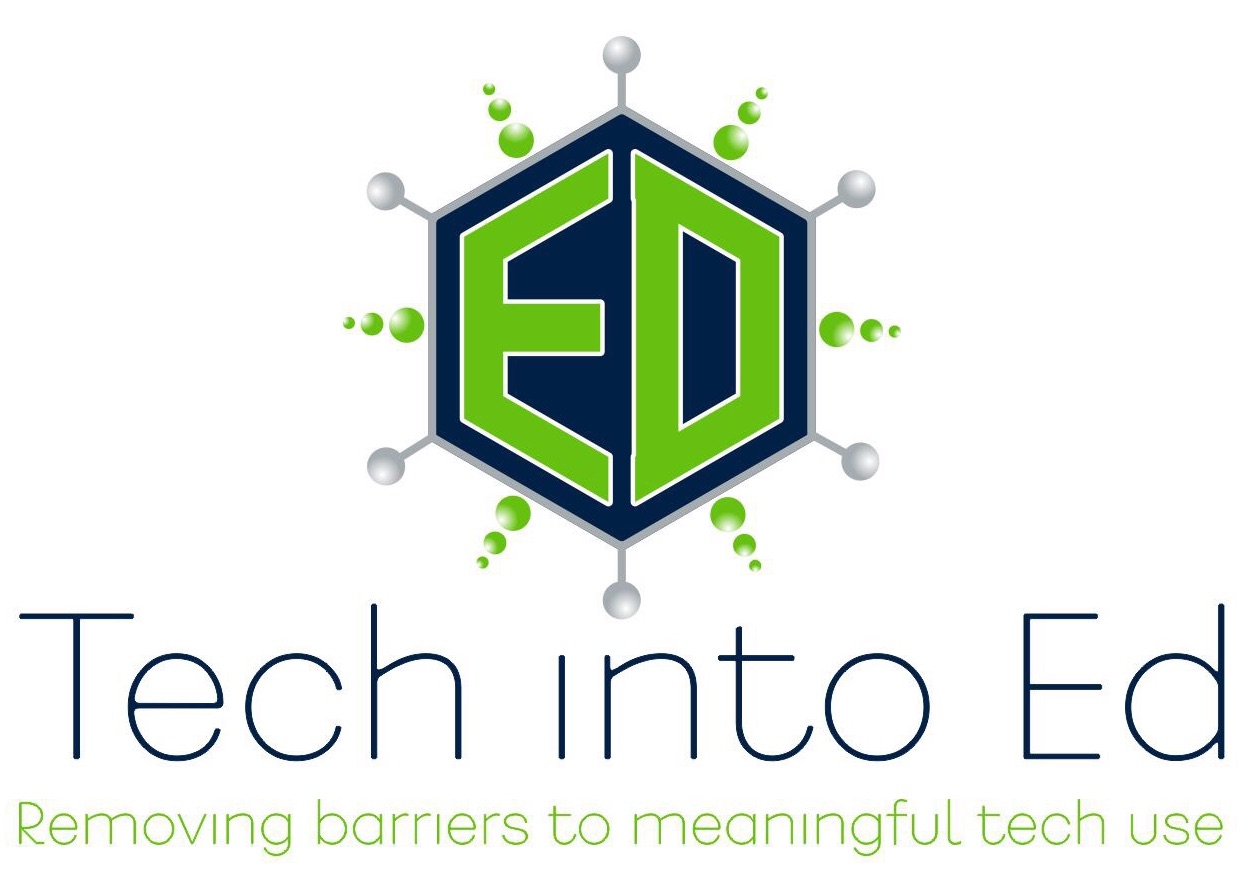Simple tools, deep impact
Mental "ruts" are tough to escape!
Some ruts can be tough to escape!
Sometimes we get into a rut (a pattern of thinking/behavior that has become dull, unproductive, and difficult to change), and it takes a little push to help us get out.
When it comes to thinking about how to use technology in our classrooms, we can get into some common ruts as well. Here are some common ones.
- We may get in the rut of always searching for a new app to do something we could easily do with other apps we already have.
- We may get stuck thinking about only using technology as a culminating, end-of-unit, large project.
- We may get stuck in the rut of making student demonstrations of learning more complicated than they need to be.
If you are stuck in any of these ruts, here are some tips to help nudge you out.
Stop looking for new tools and apps. Use what you already know and have available.
As an example here, we will just use the camera that is already built into the iPad.
The "Time Lapse" mode on the iPad camera is a powerful way of seeing change over long periods of time. Any kind of change that can be viewed. Have the students turn on their time lapse feature on the camera, hit record and start seeing the world in a very different way (a way we often do not get to see).
- Brainstorming and mind mapping
- Want to see the thinking process? A whiteboard, markers, an iPad camera in time lapse mode will give you a full (and quick) run down of the thinking a student or group does.
Using the photo mode on the iPad camera is a great way to capture snapshots that students can later reflect upon.
- Capturing and annotating over printed materials and written work
- We do not advocate a paperless work environment. Paper is a tool in our learning process. But using the camera to snap photos of our work gives us the ability to "archive" teachable moments. And with the newest updates to photos, students can now "annotate" or draw right over the top of these photos. Using the Markup tool in iPad's photos app (learn how to markup photos), students can synthesize their thinking around that photo today, or in the future!
Using the slow motion mode on the iPad camera allows us to slow down time (the opposite of time lapse). If you are something that happens very quickly, using slow motion will give your students a chance to see what happens when we can slow things WAY down. And you will definitely get a laugh at it!
- Inquiry, anybody?
- Instead of a list of ideas, I'll let your imagination run wild on this one. Just watch the inspiration video of everyday slow motion films, think about your students, and know that they can create videos of this type with their iPad. What questions would they ask? What answers would they find if they created these kinds of videos in slow motion?
Do not wait until the end of a unit to find ways to utilize technology. Use technology throughout the process of learning.
iPads are great for culminating projects. But they can be great for daily use, for capturing the process of learning, and to prepare for a culminating project as well.
Using the iPad to record and then later review thinking can be a powerful way to help students get ideas flowing. Using the video camera on the iPad (even if the student's face isn't in the shot) is one way to just get kids talking about their thinking or ideas while maintaining a record for their later review.
- Pre-writing: Just hit record
- Flip to your camera app and select the Video mode. In this case, what is on the screen isn't important. It's the audio we are using here. Have students talk to a partner about their research, their ideas, their questions for an upcoming non-fiction topic they are just beginning to explore. What is the storyline of their fiction piece? Be sure to have an iPad nearby, listening intently, recording their every thought. And when we get to the next phase of the writing process, have them go back and listen. Now they can synthesize their initial thoughts. We know that this metacognitive task of thinking about our thinking is at the core of meaningful learning. We are just employing our iPad's camera and microphone to record, hold, and replay those thoughts for our students.
Aim for simplicity. Too many expectations, too many rules/details, and too many limits will only allow students to give you what you asked for, but not what they are capable of doing.
This one does not tie to a specific tool or idea. In fact, just the opposite. Often we spend so much time outlining the "must do" and "must use" of anything we ask students to do that we actually end up limiting our students' potential. Instead, let them know what they must show us they know or are able to do, and then make them choose HOW they will show us.
Sometimes you will be underwhelmed. Sometimes you will be amazed. And in both scenarios there is something to be learned by our students!


